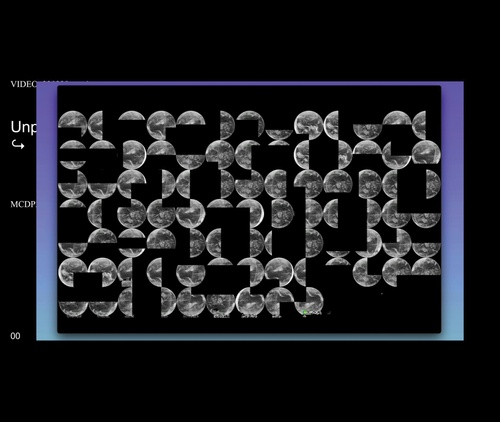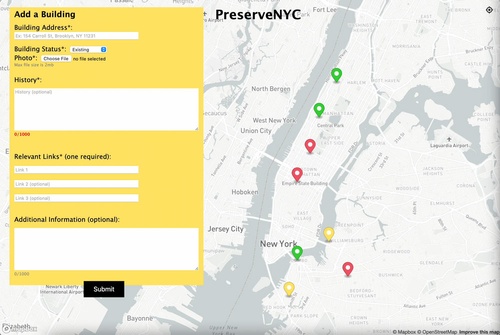In his seminal 1987 text Science in Action, Bruno Latour posited that the best way to understand how scientific knowledge is constructed is to study scientists at work. In doing so, he sought to break down the black boxes that conveniently turn messy social and technical processes into established truths that can be taken for granted and relied upon.
This course studied design computation in action by following the trajectory of the designer and the lifecycle of the design project. From Latour, we know that a great deal about design computation can be learned by putting it into practice; and simultaneously, that design work can never escape the circumstances of its production. Rather than look at the design project as the outcome of a particular brief, problem, or provocation, this course peered inside the black box of computational design to interrogate how designers conceive, organize, and structure their projects; their studio environments, tools, and software; the means by which they perform, facilitate, or automate design labor; and the social circumstances of collaboration, criticism, pedagogy, and practice.
The completed CDP capstone projects from the 2023 cohort can be viewed here.

This is an intermediate-advanced course in creating experimental tools and workflows. We will discuss the history and mechanics of tools used in computer science and user interface design as a method of informing, analyzing, and understanding the uses of software, computational tools, and design workflows for architecture and the built environment.
Students will construct prototype workflows using several computational media (apps, code, scripts, hardware) to create experimental design tools and workflows that change how a designer-developer works. The goal of the class is to deepen our knowledge of computational design and code in addition to understanding that computational design itself can always be re-designed.
In the future, we will communicate through our environments, our spaces, our objects, instead of through our computers. IOT and ambient computing can heighten our connection to the physical world, and each other.
While this course involves technical aspects of tangible computing and digital technologies, the primary aim is to encourage students to consider dynamic spatial and environmental qualities in their design work. Students will use hardware (sensors, microprocessors, computer vision cameras), software (IFTTT and Processing), learn how to connect these disparate systems into cohesive responsive environments.
We will question how modern-day digital systems (smart home sensors, Amazon Echos, Computer Vision Cameras, live projection, etc) influence habits, cultures, and behaviors. Then consider and design responsive architectures that positively impact these cultures and behaviors.
Human beings are producing data in every movement and every moment. These personal data get co...
This is a “patch” or script written in Max/MSP, a visual coding language that is great for bri...
This projected light is designed to simulate the shape of the eye and the pupil through a comb...

Hungry Dasher
Being able to link Doordash to my smart lights at home allowed Door...
Data is the language of cities. This data is inherently spatial, and as designers, we are uniquely suited to leverage it for informed decision-making. Accordingly, this course introduced students to computational design modeling through a unique data-driven workflow using Rhino and Grasshopper.
This class expanded the imagination and scope of a computational design model to include geospatial data at multiple scales – cities, neighborhoods, and buildings – to capture the nuances of urban dwelling. As such, this class was equal parts Urban Design + Theory and Computational Design Modeling.
The techniques introduced in this course are applicable across architectural and urban scales; at its core, this class is about creating tools to measure performance, drawing with data, and visualization for decision-making.

In the year 2042, when digital devices become cheaper and smaller and the internet becomes sup...

































